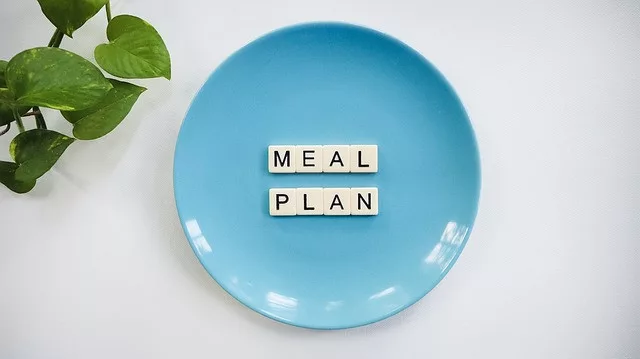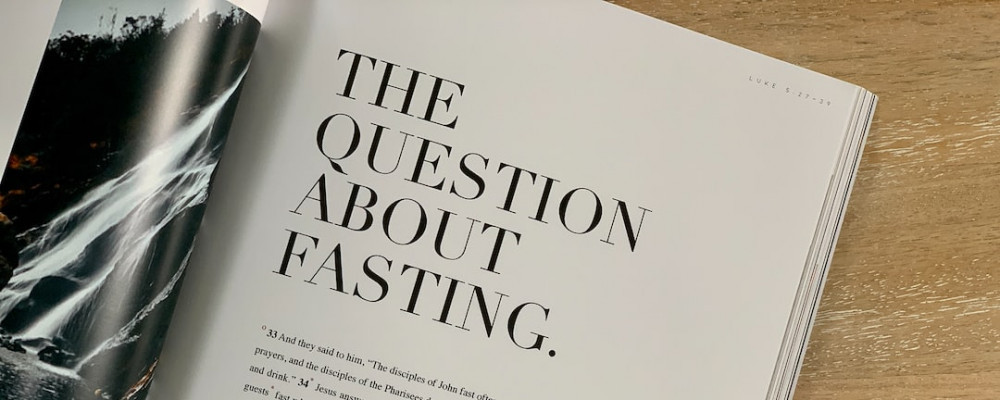
There’s a lot of buzz around intermittent fasting for beginners—enough to make your head spin. Some people think it means starving yourself, losing muscle, or feeling faint all day. Total myths! When done right, intermittent fasting can feel surprisingly natural—and even energizing.
So why are so many people giving it a try? Studies suggest intermittent fasting may support weight loss, improve blood sugar control, and even promote longevity. At its core, it’s about giving your body a break from constant eating so it can repair, reset, and find balance.
Intermittent Fasting for Beginners: Simple Tips That Work
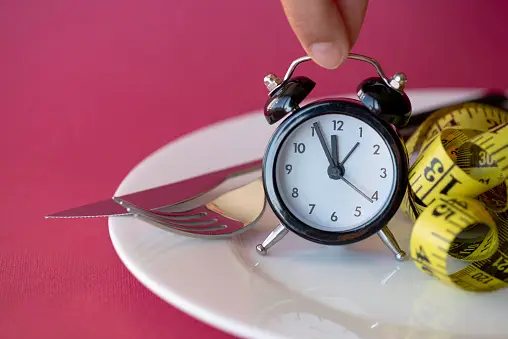
Table of Contents
🔍 What Is Intermittent Fasting?
Intermittent fasting for beginners might sound complex, but it’s really just about when you eat—not necessarily what you eat. It’s an eating pattern that cycles between periods of eating and fasting. Think of it as giving your body scheduled breaks from digestion so it can focus on repairing and resetting.
It’s not about starving yourself or skipping meals at random. Instead, intermittent fasting is a structured, sustainable way to help manage hunger, improve metabolism, and potentially support weight loss and energy levels.
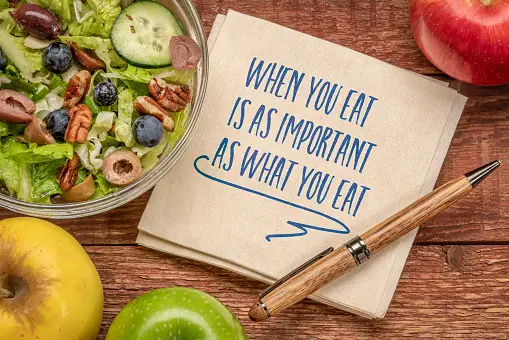
🕒 Fasting Schedules
There are several popular intermittent fasting methods, and the good news is—you don’t have to jump straight into the deep end. Intermittent fasting can be as simple as adjusting your eating window a few hours at a time.
Here’s a breakdown of the three most common fasting schedules:
🕧 12:12 Fast – The Gentle Introduction
This is the easiest and most beginner-friendly option. You simply fast for 12 hours and eat during the other 12. That means if you stop eating at 7 PM, you can start eating again at 7 AM—and most of your fasting time happens while you sleep.
Why it works:
- Gives your body a break from late-night snacking
- Helps your mind and metabolism adjust to a new rhythm
- Ideal for easing into the fasting lifestyle without stress
✅ Recommended starting point for all intermittent fasting beginners.
⏰ 14:10 Fast – A Moderate Step Up
This is a great next step once you’re comfortable with 12:12. You fast for 14 hours and eat during a 10-hour window. For example, if you finish eating at 7 PM, your next meal wouldn’t be until 9 AM the next day.
Why it’s effective:
- Offers extended fat-burning time
- Still leaves plenty of room for two full meals
- Great for beginners ready to level up
Many people find that sleeping on an empty stomach improves sleep quality and reduces nighttime reflux. And yes, sometimes you’ll go to bed a little hungry—but that feeling fades, and waking up not hungry becomes the real reward.
🎯 Discipline today equals comfort tomorrow.
🔥 16:8 Fast – The Power Protocol
This is the most aggressive of the beginner schedules, but also the most popular among long-term fasters. You’ll fast for 16 hours and eat within an 8-hour window.
This usually means skipping either breakfast or dinner. For example:
- Last meal at 7 PM, first meal the next day at 11 AM
- Or stop eating at 5 PM, then eat again at 9 AM
Why it’s powerful:
- Maximizes fat-burning and metabolic repair
- Can improve insulin sensitivity and appetite control
- Aligns with many people’s natural hunger rhythms
It’s not for everyone, but for those who can manage it, 16:8 delivers results—physically and mentally.
📊 Fasting Schedule Comparison
🥄 12:12 Fast – Easiest to Start
- Fasting/Eating Window: 12 hours fasting / 12 hours eating
- Best For: Total beginners
- Example Timing: Stop eating at 7 PM, eat again at 7 AM
- Why It Works:
- Simple habit-forming schedule
- Most of the fasting happens while you sleep
- Minimal disruption to your routine
⏱ 14:10 Fast – Moderate Difficulty
- Fasting/Eating Window: 14 hours fasting / 10 hours eating
- Best For: Beginners ready to level up
- Example Timing: Stop eating at 7 PM, eat again at 9 AM
- Why It Works:
- Allows for metabolic benefits
- Great middle ground between ease and results
- Supports better sleep and digestion
🔥 16:8 Fast – Maximum Impact
- Fasting/Eating Window: 16 hours fasting / 8 hours eating
- Best For: Motivated beginners and those seeking faster results
- Example Timing: Stop eating at 7 PM, eat again at 11 AM
- Why It Works:
- Strong fat-burning window
- May improve insulin sensitivity and focus
- Builds discipline and often leads to appetite control
🚦 Intermittent Fasting: Where to Go from Here
Before diving into any fasting routine, take a moment to consider your health and lifestyle. Intermittent fasting isn’t one-size-fits-all. If you have any medical conditions—especially if you’re taking medication—it’s smart to check in with a healthcare provider first. You want fasting to enhance your well-being, not create setbacks.
🧠 Turning Knowledge Into Action
For me, the first step was getting back to the basics—eating healthier and starting to exercise again. Just making those changes gave me a noticeable boost in how I felt, both physically and mentally.
But here’s something people don’t always tell you: eating right and working out are only part of the equation—especially when you’re dealing with chronic health conditions like high blood pressure or type 2 diabetes.
There’s often more going on beneath the surface that diet and exercise alone can’t fix right away.
Sometimes, your body needs time to reset—to heal, balance hormones, reduce inflammation, and simply not be in a constant state of digestion. Giving your body regular breaks from food can be just as important as what you eat.
If you’re curious about how your body holds on to water, here’s a helpful guide:
👉 Water Retention in the Body
❤️ Monitor Your Heart Rate for Smarter Workouts
One key thing I learned: track your heart rate during exercise. It helps ensure you’re training in the right zone for fat burn and cardiovascular health—without overdoing it. Safety first, right?
I personally use the Garmin Venu 3, and it’s been a game-changer. It tracks heart rate, stress levels, sleep quality, and syncs with fitness apps.
Stay on top of your health, crush every workout, and own your day with the Garmin Venu 3.
Now with Advanced Sleep Tracking.
I can’t say enough good things about the Garmin Venu 3—it’s truly a game-changer. Its accurate heart rate monitoring, detailed health metrics, and long battery life drastically outshine the Apple Watch. Plus, it comes at a more affordable price, making it an unbeatable choice for anyone serious about tracking their fitness and overall wellness.
👉 Full Garmin Venu 3 breakdown here
🍽️ Eat Smarter, Not Just Less
Fasting helps—but you still need to fuel your body smartly. I recommend using apps like MyFitnessPal or LIVESTRONG. They help you understand what you’re eating, track nutrients, and even sync with your smartwatch to give you a full picture of your progress.
The Real Key to Long-Term Success
Intermittent fasting is a great starting point—but it’s just that: a start. Pair it with smart exercise, the right tools, and a little patience, and you’ll be amazed by what your body can do.
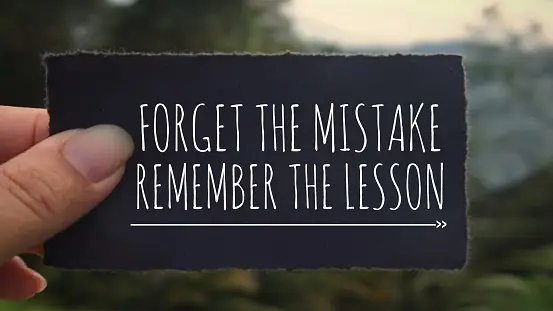
⚖️ Pros and Cons of Intermittent Fasting
✅ Pros
- Simple to follow: No complicated meal plans or calorie counting required
- Flexible: Choose a fasting schedule that fits your lifestyle
- Supports weight loss: Helps reduce calorie intake and improve fat burning
- May improve metabolic health: Better blood sugar control and insulin sensitivity
- Can boost mental clarity and energy: Many people report feeling more focused during fasts
- Encourages mindful eating: Helps break unhealthy snacking habits
❌ Cons
- Initial adjustment period: Hunger and cravings can be challenging at first
- Not suitable for everyone: Pregnant women, people with certain health conditions, or those with eating disorders should avoid or consult a doctor first
- May cause overeating: Some people overcompensate during eating windows
- Social challenges: Can be tricky during social meals or family gatherings
- Possible side effects: Headaches, irritability, or low energy when starting out (usually temporary)
💡 Why You Need Intermittent Fasting
After everything I tried—clean eating, exercise, tracking apps—I still wasn’t seeing results with my serious health conditions. That all changed when I started intermittent fasting.
I was frustrated. Angry with myself for wasting so much time. So, I committed hard—I jumped straight into the 16:8 method.
And the results came fast.
✅ My resting blood sugar dropped 10 points a week.
✅ I went from readings in the high 300s to under 100 in just 6 months.
✅ My A1C dropped from 13 to 4.9.
✅ My blood pressure normalized for the first time in years.
At my worst, I was a stroke or heart attack waiting to happen. Now, I’m stable, clear-headed, and healthier than I’ve been in decades.
I can’t promise everyone will experience the same results—but I can tell you this:
Intermittent fasting changed my life.
And today, I’m a firm believer.
❓Frequently Asked Questions
Can I drink coffee or tea while fasting?
Yes! Black coffee, plain tea, and water are fine during fasting periods. Just avoid sugar, milk, or cream that add calories.
Will intermittent fasting slow down my metabolism?
No. Short-term fasting generally does not harm your metabolism. In fact, some studies suggest it may improve metabolic health.
What if I feel hungry during my fast?
Feeling hungry at first is normal. Try drinking water, herbal tea, or black coffee. Hunger often decreases as your body adjusts.
Can I exercise while fasting?
Yes, many people exercise during fasting windows. Just listen to your body and avoid overexertion, especially when starting out.
How often should I fast?
It depends on your schedule and goals. Some fast daily (like 16:8), others do intermittent days (5:2). Start slow and find what works for you.
Is intermittent fasting safe for everyone?
No. Pregnant or nursing women, people with certain medical conditions, or those with a history of eating disorders should consult a healthcare provider before fasting.
🧭 Intermittent Fasting: Final Thoughts
Easing into intermittent fasting can feel challenging at first—but that’s completely normal. Start slow. Maybe begin by pushing breakfast back an hour or cutting out late-night snacks. Small steps lead to big wins. The goal isn’t to feel deprived—it’s to create a smarter, more intentional eating routine.
📈 Track What Matters
One of the best ways to stay motivated? Track your progress. I use the Fitdays app, which syncs with my Oxiline Scale X Pro—a full-body composition scale that tracks 16 health metrics.
It’s been my biggest ally, showing me what’s happening inside my body, not just the number on the scale.
👉 Full Oxiline Scale X Pro Breakdown
🧠 Notice the Small Wins
Pay attention to subtle shifts—like more stable energy, improved mood, or how your clothes fit better. These are signs it’s working, even before the scale catches up.
Keep a journal or use a fitness app to reflect on your progress. The more connected you feel to the process, the easier it becomes to stick with it.
✨ It’s your journey—make it sustainable and make it yours.
Thanks for reading. We look forward to your visit to elitewealthaffiliates.com for more posts designed in Helping you enhance your Health, Wealth, and Happiness!

